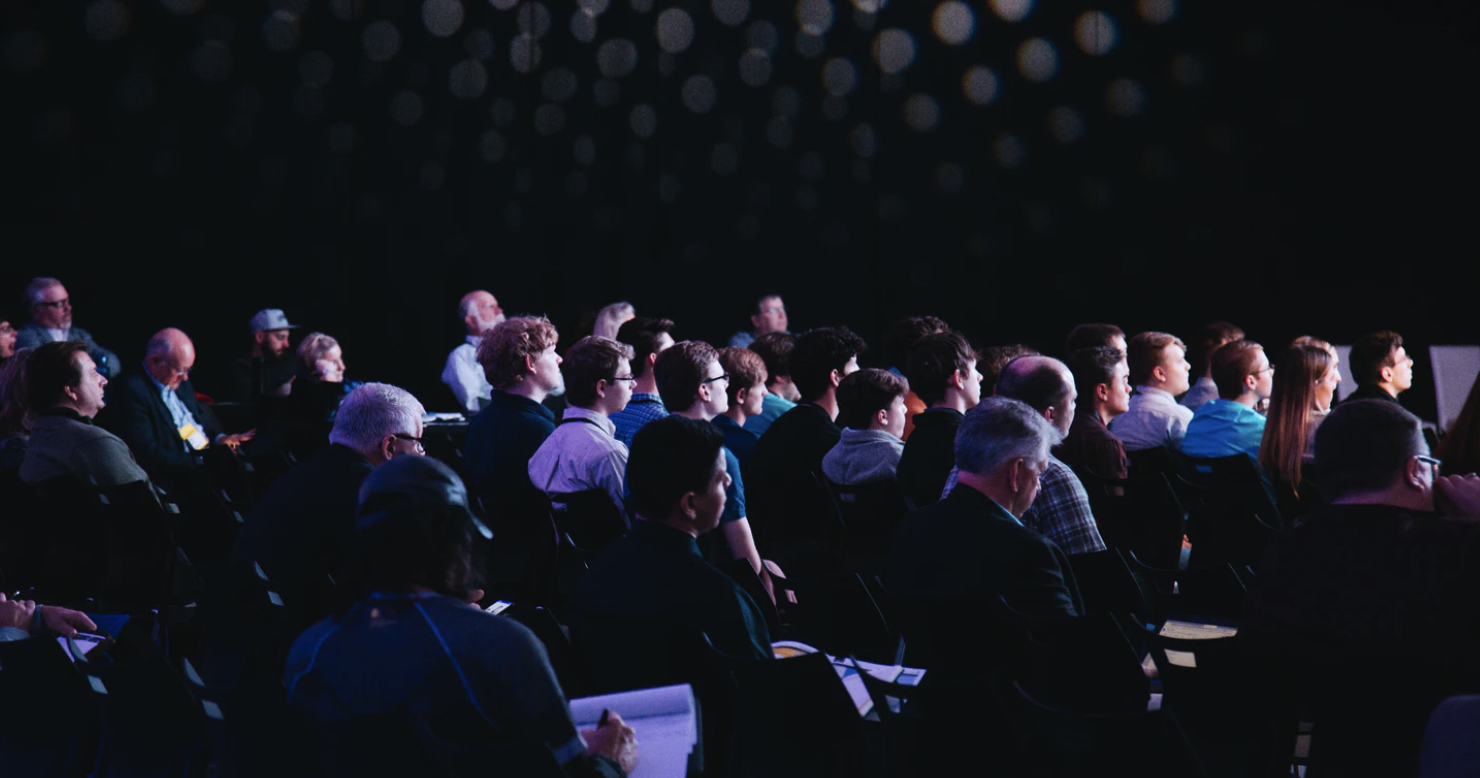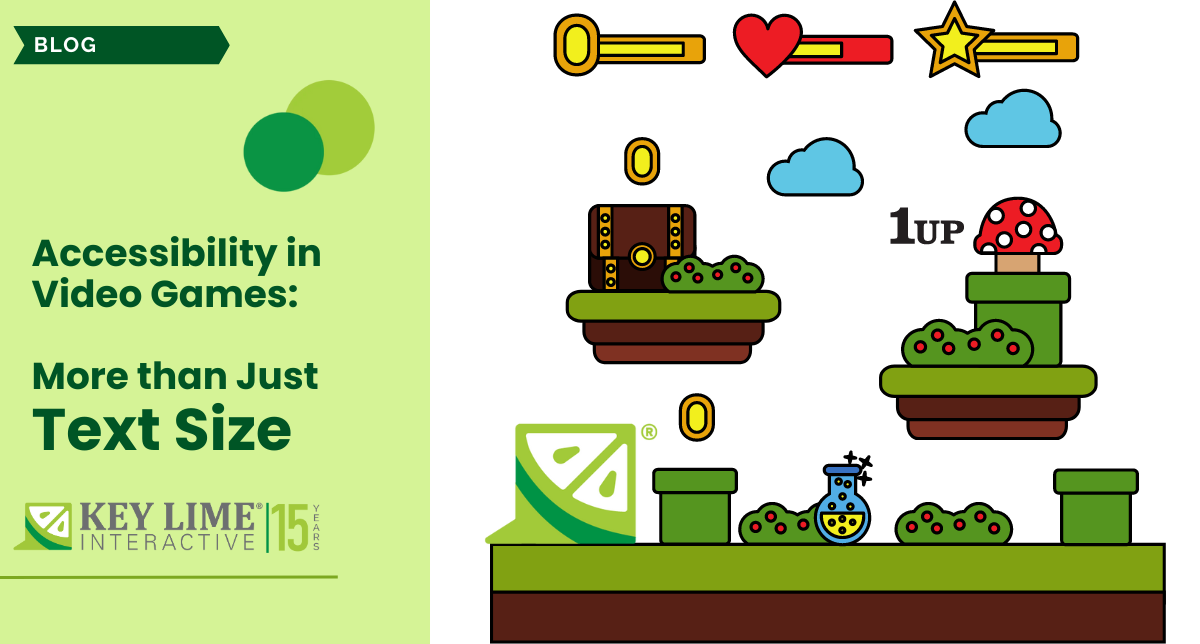
An Event Apart is a series of three-day-long UX Conferences held throughout the US in the following locations: Washington DC, Seattle, Boston, Minneapolis, San Francisco, and Orlando. An Event Apart offers attendees three full days of "design, code and content"- three days worth of opportunity to learn, connect, and explore. An Event Apart (AEA) offer presentations and panels from industry leaders, thinkers, and innovators, focusing on a range of topic today and tomorrow.
Below is a compilation of some of the most relevant points from some sessions I was able to attend. More information and resources can be found here.
Making Research Count, Cyd Harrell
What is the Importance of Research?
- What do we need to make research matter?
- Relationships
- Having support from non-UX folks
- Budget
- Participation
- Tangible outcomes
- Research counts when it answers a question people care about
- Research explores beyond just the numbers and stats and connects to the human experience
- Curious people with power are the most useful ones to influence
- How do we show that research is important?
- Who in your organization is disconnected from the user?
- Invite team along, show them what you are doing
- People who get to ask a question buy into the results
- People get more invested if they can contribute to the discussion
- “Research is our product & the rest of our organization is our users”
- Refocus people from thinking about ROI to thinking about positive value
Who should we do research on (results become more reliable as you move further down the list)
- Team members
- Friends, not on your team
- Target customers
- Real users with recent experience
- Real users with current needs
- Real users with a need this hour
Talking Back: Conversation Design for VUIs, Laura Martini
Designing for voice command
- Industries using voice command
- Games, Finance, Publishing, Health, Travel, Food, Marketing
- Pros
- Web or mobile interactions can require many clicks
- Allows for hands-free scenarios
- Could develop into a conversation
- Cons
- Better interaction on mobile and web
- High switching costs
Voice Design Principles
- Grice’s Cooperative Principle: assume good intent when talking to people
- Grice’s Four Maxims
- Quantity: don’t want to give too much info
- Quality: tell the truth
- Relation: conversation is relevant to ask
- Manner: keep conversation focused and use appropriate language
Making a VUI
- Step 0: Is voice appropriate?
- KPIs and Metrics
- What is the product trying to accomplish
- What are you trying to do
- Step 1: Tone & Personality, Persona
- “When people hear a voice they unconsciously assign a personality to it”
- What subset of customers will use VUI
- Describe a single person
- Distill existing brand guidelines into a few key attributes
- Step 2: Storyboarding and sample dialogs
- Sample dialogs are the wireframes of conversation design
- Roleplaying is a useful tool to start brainstorming
- Step 3: Testing
- Wizard of oz testing: build off nothing, just start building
- Step 4: Scripting
- Intents
- Take into account failure states
- Repair conversations: how can we redirect people if the conversation isn’t going well
- Step 5: Build
- Dialog flows
Inclusive, by Design, Derek Featherstone
Designing for inclusion
- Two types of inclusion
- Inclusion in product
- Inclusion in process
- Often people with disabilities are involved very late in the design process after the design decisions have already been made
- Basically, “We have made this product, now tell us if we built it right”
- What we need to do is involve people with disabilities earlier in the design process
How can we make our designs more inclusive to people with disabilities?
- Embrace diversity by default, not as a nice-to-have
- Acknowledge your privilege, and your power, and your position in the design process
- Ask “How can we include more people with disabilities earlier and more meaningfully in the process?”
- Spend more time including people with disabilities exploring the problem space instead of the solution space
- Ask “How are people already solving this problem?”
- Microsoft.com/design/inclusive
- Microsoft is doing a great job of designing for inclusivity
- Work with people with disabilities as co-designers
- Ask “Based on the last project, how can we improve our process to be more inclusive?”
- How can we measure inclusion in our process?
How can we meet inclusion goals?
- Agency: You should have the ability and opportunity to participate in solutions that you will use, and that will impact your life
- Belonging / Othering: Your participation should be predicated on using the same tools, at the same time, in the same space, using the same process as anyone, to the greatest extent possible
- Value: Your participation in a process is valued rather than tolerated or accommodated
READ MORE: AnxietyTech Conference Recap 2019, The UX of Politics, Game UX Summit Recap 2019, Tracking Mental Health with UX Research Methods










Comments
Add Comment